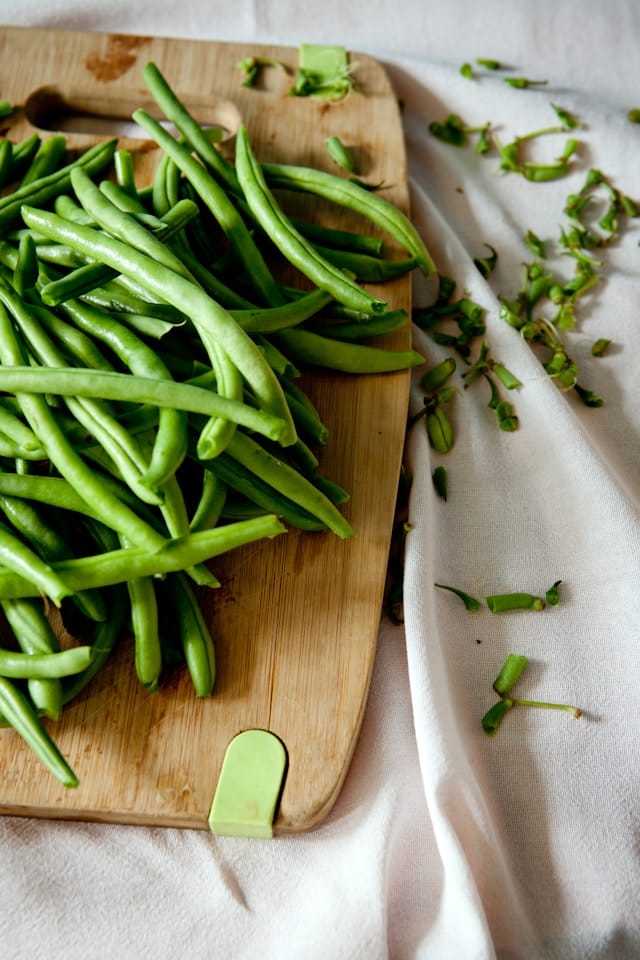What Are the Top Smart Irrigation Systems for a Home Vegetable Garden?

Whether you’re an experienced green thumb or a gardening novice, keeping your home vegetable garden watered just right can be a challenging task. But thanks to the advent of smart irrigation systems, this crucial gardening chore doesn’t have to be a guessing game anymore.
These innovative tools, which make use of technology to provide optimal watering for your plants, can save you time, conserve water, and even help your garden flourish like never before. But with so many options available, how do you choose the best system for your garden? Don’t worry, we’ve got you covered. Let’s dive into some of the top-notch smart irrigation systems available on the market today that will bring your home gardening experience to a whole new level.
Also read : What Are the Best Strategies for Childproofing a Balcony in a High-Rise Apartment?
The Power of Smart Irrigation Systems
Before we delve into the specifics, it’s important to understand what exactly a smart irrigation system is and why you should consider investing in one. A smart irrigation system is an automated watering system that can detect the moisture levels in your garden soil and adjust the watering schedule accordingly.
This is a huge leap from traditional watering methods where you would rely on a set schedule or your own judgment to determine when and how much to water. These smart systems take into consideration factors such as the type of plants you have, the weather conditions, and the current soil moisture level. This ensures that your plants are always getting the right amount of water, no more, no less.
This might interest you : How to Design an Efficient Mudroom with Pet Shower and Storage Solutions?
Types of Smart Irrigation Systems: Drip vs. Sprinkler
When it comes to smart irrigation systems, the two most common types are drip irrigation systems and sprinkler systems. Each has its own strengths and can be the best choice depending upon your garden’s specific needs.
Drip irrigation systems work by delivering water directly to the base of the plant. This is a highly efficient method as it minimizes water waste and ensures that the water goes where it’s needed the most. It’s an excellent choice for gardens with plants that need a lot of water and for areas where water conservation is crucial.
On the other hand, sprinkler systems distribute water over a large area, making them a great choice for large gardens. However, they tend to use more water than drip systems, and there’s a risk of overwatering if not properly managed.
Top Smart Irrigation Controllers
The heart of your smart irrigation system is the controller, the device that dictates when and how much to water. Here are a few of the best controllers available on the market:
-
RainMachine: This weather-based irrigation controller adjusts your watering schedule based on the local weather forecast. It’s intuitive, easy to use, and can be managed remotely via an app.
-
Rachio 3: Rachio 3 is another top-rated controller that uses weather data to optimize watering. It also allows for customized watering schedules for different types of plants and has a user-friendly app.
-
Orbit B-hyve: The Orbit B-hyve is known for its affordability and user-friendly design. It offers features like weather-based watering, multi-zone programming, and can be controlled via an app or desktop.
Utilizing Soil Moisture Sensors
Another important aspect of a smart irrigation system is the use of soil moisture sensors. These tools measure the amount of water in the soil, helping the system decide when it’s time to water the plants.
Some of the best soil moisture sensors include the Vegetronix VH400 and the Meter Group’s SM150T. These sensors are known for their accuracy, durability, and ease of use.
Incorporating the Right Hose
Lastly, the type of hose you use can also greatly affect your smart irrigation system’s performance. For drip irrigation systems, soaker hoses, which allow water to seep out along their length are a popular choice. They ensure that the water reaches the plant roots more efficiently. For sprinkler systems, consider using a durable, weather-resistant hose that can withstand high water pressure.
Remember, a smart irrigation system is a significant investment that can greatly enhance your home vegetable garden’s productivity and health. Take your time to research and choose a system that meets your garden’s specific needs. Make sure to consider factors such as the type of plants you have, the size of your garden, your local weather conditions, and your water conservation goals. With the right system in place, you’ll be well on your way to enjoying a lush, bountiful garden with less effort and more precision.
Enhance your System with a Garden Grid
A garden grid can bring an extra level of precision to your smart irrigation setup. Essentially, a garden grid is a web of hoses or pipes arranged on the surface of your garden. This grid provides even watering across your entire garden area, ensuring that each plant gets the right amount of water at the right time.
Garden grids can be used with both drip irrigation and sprinkler systems. With a drip system, the grid ensures that each part of the garden receives direct water supply. For sprinkler systems, the grid can help evenly distribute water across a larger area, minimizing the risk of overwatering or underwatering.
There are many different garden grid systems available on the market, ranging from simple, low-cost solutions to more advanced, high-tech options. When choosing a garden grid, consider factors such as the size and shape of your garden, the type of plants you’re growing, and your specific watering needs.
The Garden In Minutes Garden Grid is a popular choice among home gardeners. This system is easy to install, customizable to your garden size, and made from durable food-safe materials. Another excellent choice is the Drip Depot DIY Drip Irrigation Kit. This kit includes everything you need to set up a grid, including a sprinkler controller and a variety of hose connectors.
Investing in Smart Gardening Tools
To further enhance your smart irrigation system, consider investing in other smart gardening tools. These can help you monitor and manage your garden’s health and productivity on a more detailed level.
Some of these tools include smart garden monitors like the Edyn Garden Sensor and the PlantLink Soil Moisture Sensor. These devices enable you to track soil moisture, light levels, temperature, and even nutrient levels, all in real time.
Smart planters are another great investment. Devices like the AeroGarden Bounty and the Click & Grow Smart Garden not only come with built-in watering systems but also offer features like automated light cycles and nutrient dispensing.
Conclusion: The Future of Home Gardening
In conclusion, smart irrigation systems have revolutionized the way we garden at home. They’ve made it possible to automate the watering process, ensuring each plant gets just the right amount of water it needs to thrive. From drip irrigation to soil moisture sensors, these tools are not just convenient, but they also help conserve water and promote healthier, more productive gardens.
In the future, we can expect even more advancements in this field. As technology continues to evolve, so too will the ways in which we approach home gardening. With increasing concerns about water conservation and sustainability, these smart systems are poised to become an even more integral part of our gardening practices.
No matter your level of gardening experience, investing in a smart irrigation system can bring numerous benefits. It’s an investment that can save you time, conserve water, and most importantly, help your vegetable garden flourish. So why not take the plunge and join the smart gardening revolution?
